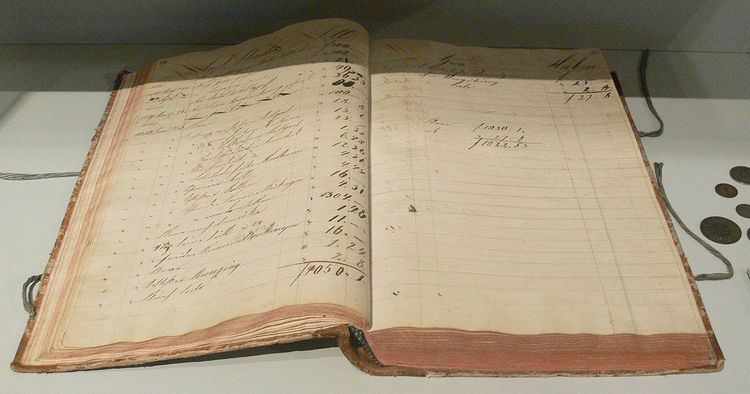 | ||
FIFO and LIFO accounting are methods used in managing inventory and financial matters involving the amount of money a company has tied up within inventory of produced goods, raw materials, parts, components, or feed stocks. They are used to manage assumptions of cost sheet related to inventory, stock repurchases (if purchased at different prices), and various other accounting purposes.
Contents
FIFO
"FIFO" stands for first-in, first-out, meaning that the oldest inventory items are recorded as sold first but do not necessarily mean that the exact oldest physical object has been tracked and sold. In other words, the cost associated with the inventory that was purchased first is the cost expenses first. With FIFO, the cost of inventory reported on the balance sheet represents the cost of the inventory most recently purchased.
Consider this example: Foo Co. had the following inventory at hand, in order of acquisition in November:
If Foo Co. sells 210 units during November, the company would expense the cost associated with the first 100 units at $50 and the remaining 110 units at $55. Under FIFO, the total cost of sales for November would be $11,050. The ending inventory would be calculated the following way:
Thus, the balance sheet would now show the inventory valued at $5250.
LIFO
"LIFO" stands for last-in, first-out, meaning that the most recently produced items are recorded as sold first. Since the 1970s, some U.S. companies shifted towards the use of LIFO, which reduces their income taxes in times of inflation, but since International Financial Reporting Standards (IFRS) banned LIFO, more companies returned to FIFO.
LIFO is used only in the United States, which is governed by the generally accepted accounting principles (GAAP). Section 472 of the Internal Revenue Code directs how LIFO may be used.
In the example above, the company (using LIFO accounting) would expense the cost associated with the first 75 units at $59, 125 more units at $55, and the remaining 10 units at $50. Under LIFO, the total cost of sales for November would be $11,800. The ending inventory would be calculated the following way:
The balance sheet would show $4500 in inventory under LIFO.
The difference between the cost of an inventory calculated under the FIFO and LIFO methods is called the LIFO reserve (in the example above, it is $750). This reserve is essentially the amount by which an entity's taxable income has been deferred by using the LIFO method.
In most sets of accounting standards, such as the International Financial Reporting Standards, FIFO (or LIFO) valuation principles are "in-fine" subordinated to the higher principle of lower of cost or market valuation.
In the United States, publicly traded entities which use LIFO for taxation purposes must also use LIFO for financial reporting purposes but such companies are also likely to report a LIFO reserve to their shareholders. A number of tax reform proposals have argued for the repeal of LIFO tax provision. The "Save LIFO Coalition" argues in favor of the retention of LIFO.
